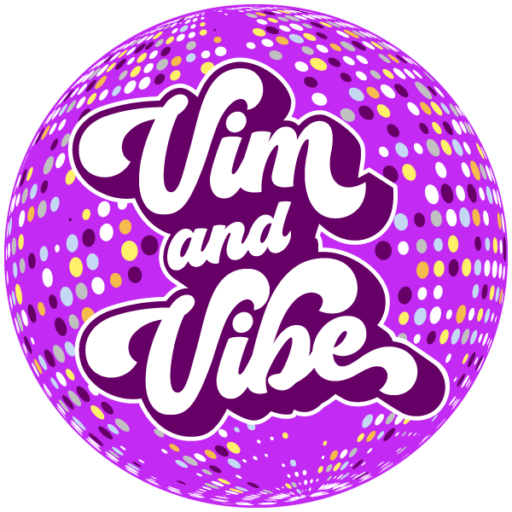Information overload is the norm in today’s fast paced digital world. Finding effective ways to learn and retain knowledge has become top-of-mind for the Chief Learning Officers we have been talking with.
Enter video microlearning, the secret sauce to boosting productivity and performance. This innovative approach to learning breaks down complex concepts into bite-sized, easily digestible videos, making it an ideal solution for busy professionals on the go. With its ability to provide targeted and relevant content, video microlearning allows learners to acquire new skills and knowledge in a fraction of the time compared to traditional methods.
Who wants to sit and watch a powerpoint presentation? Or a talking head “expert” who has nothing interesting to say, and is certainly not interested in whether or not you are interested.
Moreover, the visual and auditory nature of video content enhances engagement and retention, ensuring that learners grasp and apply concepts more effectively. Just last week I learned three new recipes on TikTok!
Whether it’s training employees, onboarding new hires, or enhancing personal development, video microlearning has emerged as the go-to tool for organizations looking to stay ahead in the digital age. So, if you’re ready to revolutionize the way you learn and boost your productivity and performance, it’s time to embrace and adopt the power of video microlearning.
Why Video is an Effective Learning Tool
Video has become an increasingly popular medium for learning due to its effectiveness in conveying information. Unlike traditional text-based learning materials, video provides a multi-sensory experience that engages learners on multiple levels. The combination of visuals, audio, and motion creates a more immersive and memorable learning experience. This sensory-rich environment stimulates the brain, enhancing information processing, retention, and recall.
Additionally, video allows for the demonstration of complex concepts and processes in a clear and concise manner. Through visuals and animations, abstract or complicated ideas can be simplified and presented in a way that is easily understandable. This visual representation of information helps learners make connections and understand concepts more effectively.
Moreover, video content can be easily customized and adapted to meet the specific needs of different learners. By incorporating interactive elements such as quizzes, assessments, and branching scenarios, video learning experiences can be tailored to individual learning styles and preferences. This level of personalization promotes active engagement, motivation, and knowledge retention.
Implementing Video Microlearning in Your Organization
To successfully implement video microlearning in your organization, it is crucial to have a well-defined strategy and plan in place. Here are a few key steps to consider:
- Identify learning objectives: Clearly define the specific skills or knowledge gaps that need to be addressed through video microlearning. This will ensure that your content is targeted and relevant to your learners’ needs.
- Create engaging and effective content: Here’s where our catalog of learning and development videos come in! Ensure that your content is visually appealing and professional. Use a mix of storytelling, animations, and real-life scenarios to make your videos engaging and relatable.
- Organize your content: Structure your video microlearning content in a logical and easily navigable format. Consider creating playlists or modules that cover specific topics or learning paths, so learners can easily find the content they need.
- Promote learner engagement: Incorporate interactive elements such as quizzes, assessments, and discussion forums to encourage active participation and knowledge application. Provide opportunities for learners to interact with the content and each other, fostering a collaborative learning environment.
- Measure and evaluate: Implement tracking and analytics tools to measure the effectiveness of your video microlearning program. Monitor learner progress, completion rates, and knowledge retention to identify areas for improvement and make data-driven decisions. By following these steps and continuously iterating and improving your video microlearning program, you can maximize its impact on productivity and performance within your organization.
By following these steps and continuously iterating and improving your video microlearning program, you can maximize its impact on productivity and performance within your organization.
